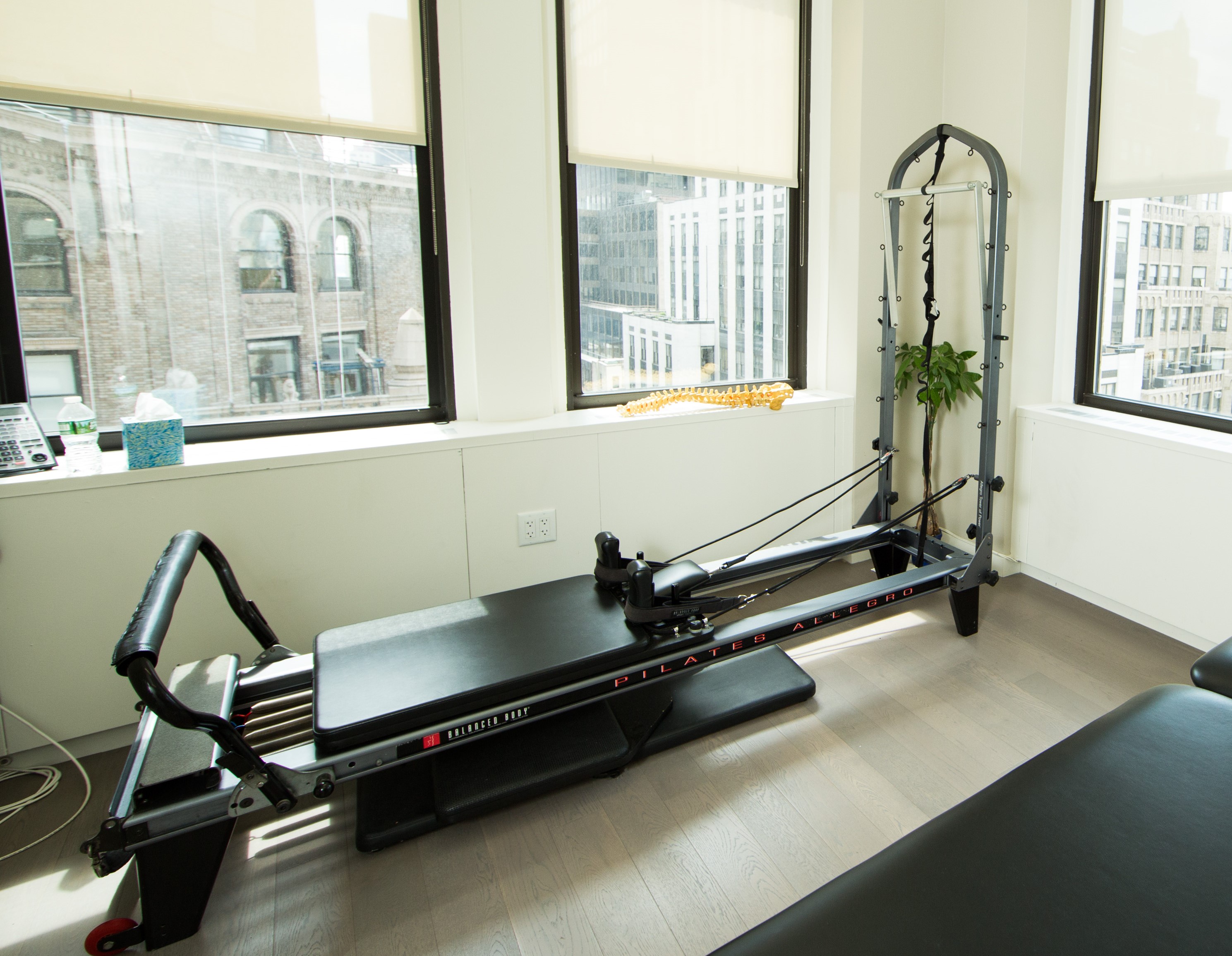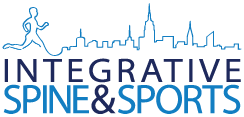Pilates – Exercises For Lower Back Pain & Core Strength
September 30, 2017
80% of Americans suffer from some form of “back pain”, a catch-all term that describes a variety of ailments.
These ailments range from muscular soreness and spasms to debilitating, chronic issues, including damaged discs, degenerative nerve disorders and joint dysfunction.
Because of this, medical professionals continuously strive to develop various methods to combat back pain. Unfortunately, these methods often have conflicting ideas and techniques.
But one method stands out — Pilates.
What is Pilates?
Pilates is one of the safest, most dependable practices for improving back function and increasing core strength. Pilates uses exercises that target certain muscles to accelerate recovery and improve bodily function.
Pilates is named after its founder, Joseph Pilates, a former gymnast who developed the exercises in the 1920s as a way to rehabilitate injured dancers.
People do it to combat aging, strengthen their mind-body connection, treat musculoskeletal conditions, and even to improve sexual performance.
Today, Pilates has become one of the fastest growing exercise trends in the world.
How does Pilates work?
Pilates and Yoga are very similar in that they emphasize the “core muscles” — specifically the abdominals, obliques, lower back, thighs, and butt.
Patients perform the exercises on a mat or on specialized equipment called reformers, towers, or chairs.
The moves used in Pilates are designed to engage multiple body parts simultaneously, often strengthening one muscle group while stretching another.
Because of this, Pilates requires concentration, coordination, and discipline. When done consistently and correctly, it’s an excellent way to add functional strength, increase flexibility, and build overall muscular endurance.
What are the benefits of Pilates?
Pilates provides several benefits for both the body and mind:
- Lifts you up. Gravity is a powerful force that pulls us down and sags our skin and muscles. Without intervention, it can accelerate our aging process, leaving us looking tired and old. By teaching us muscular control, Pilates helps us defy gravity, lifting us up and keeps us looking fresh and healthy.
- Strengthens your mind-body connection. Pilates takes concentration, coordination, and discipline to pull off. Some of the moves require months of practice and can only be done by connecting the body and mind through a sort of “conversation”. Many patients are unable to unlock this mind-body connection during their first couple of sessions, but constant practice enables them to develop and nurture it, allowing for better physical, mental, and emotional strength.
- Helps your back. Many of the exercises utilize and strengthen the core muscles. These muscles (consisting of the abdominals, obliques, lower back, thighs, and butt) give stability to the spine, and a stable back is less prone to back pain and injury.
- Boosts sexual performance. Blood flow and efficient movement work wonders for one’s sex drive. And since Pilates exercises help us with muscular control, it can also be used to improve control over the pelvic floor muscles which are responsible for sexual performance.
Pilates also helps treat various chronic conditions such as:
- Arthritis
- Degenerative Disc Disease
- Herniated Discs
- Internal Disc Disruption
- Lumbar Sprains and Strains
- Muscle Spasms
- Peripheral Nerve Entrapment
- Pinched Nerves
- Piriformis Syndrome
- Postural Dysfunction
- Radiculopathy (Nerve Impingement)
- Sacroiliac Joint Dysfunction
- Sciatica
- Scoliosis
- Spinal Stenosis
- Spondylolisthesis
- Thoracic Sprains and Strains
- Trigger Points
Pilates Treatment in New York City, NY
Our physical therapists at Integrative Spine & Sports utilize pilates as part of our treatment regimens. You can find us in Manhattan, NY at our Upper West Side practice dedicated to spine and sports medicine.
After diagnosing your injury, our physical therapists can choose specific Pilates exercises that will be safe for you and prevent further damage as you continue to exercise.
We use a holistic approach focused on:
- Alleviating your pain
- Restoring function
- Promoting healing
We do all this while equipping you with the information you need to prevent future injury and pain.
Book today
If you live or work in the NYC area, pilates treatment is just a phone call away.
To get in touch, schedule an appointment now or call us at 212-362-4742.
We also offer Telehealth appointments, where you can book an assessment from the comfort of your home. To book a Telehealth appointment, click here.
Pilates exercises for lower back pain
1. The 100
“The 100” is an important abdominal exercise incorporating the basic Pilates principles of breathing, coordination and core engagement.
- Begin on your back with your legs bent at the knee and parallel to the floor.
- Engage your abs and round your lower spine
- Exhale and lift your shoulders slightly off the floor
- Raise your arms towards your feet and pump your hands up and down slightly, maintaining a small range of motion.
Remember to relax the neck as you inhale for 5 reps and exhale for 5 reps. Continue until you reach 100 reps.
2. Single Leg Teaser
The Single Leg Teaser strengthens the abdominals and the quadriceps.
- Lie on your back with your knees bent, feet apart and arms raised overhead
- Extend one leg, engaging the abs and keeping the thighs parallel
- Lift the arms towards the outstretched leg, raising the torso one vertebrae at a time
- Exhale at the top and slowly roll your spine back to the mat, one vertebrae at a time, returning to the starting position
Then repeat on the other side, completing 10 repetitions with each leg.
3. Pilates Plank
The basic Pilates plank tones the entire body, strengthening supportive back and abdominal muscles.
- Paying special attention to alignment, begin on your hands and knees
- Keeping your hands beneath your shoulders, engage the abdominals and straighten one leg at a time until they are fully extended and shoulder width apart
- Hold for 30 seconds, focusing on your breath
- Release and repeat for 5 sets.
As with all new exercise, consult your physician or physical therapist before beginning a program.
Pilates FAQs
Frequently asked questions from our patients about elbow pain.
Is Pilates a good way to lose weight?
Pilates can be beneficial for health and maintaining a healthy weight, but compared to higher-intensity cardiovascular workouts such as swimming, running, or cycling, Pilates isn’t very effective for losing weight. For patients that only do Pilates for exercise, it’s more effective to reduce calorie intake instead of doing more intense workouts.
How often should I do Pilates?
How often you do Pilates depends on your goals and priorities. For very active people, 1-2 times a week (in addition to your other activities) is enough to enhance whatever you’re doing. For mostly inactive people, at least 3 times a week is recommended.
What is Pilates good for?
Pilates is good for countering the effects of aging, strengthening the mind-body connection, treating musculoskeletal conditions, and improving sexual performance. Patients who practice Pilates consistently also report increased amounts of confidence in their daily lives.
How do you spell Pilates?
Pilates is spelled like the last name of its founder, Joseph Hubertus Pilates. Since it’s a proper noun, the “P” is capitalized.
What is a Pilates reformer?
A Pilates reformer is a piece of Pilates equipment used to break down the flowing movements of matwork used in Pilates so beginners can build up towards harder movements. It looks like a bed with springs, a sliding carriage, and ropes.
How many calories does Pilates burn?
Pilates is a low-intensity exercise, especially when compared to running, swimming, or cycling. As a result, Pilates doesn’t burn too many calories. A 50-minute session can burn 150 to 250 calories depending on the difficulty of the session and the weight of the individual.
Can I do Pilates on my bed?
Yes, you can. Traditionally, Pilates is done with just a yoga mat and enough space. Instructors often use apparatuses such as reformers, towers, or chairs to help patients who struggle with mobility achieve harder movements, but they aren’t required for Pilates. Sometimes, even a mattress will do just fine.

Book today
If you live or work in the NYC area, pilates treatment is just a phone call away.
To get in touch, schedule an appointment now or call us at 212-362-4742.
We also offer Telehealth appointments, where you can book an assessment from the comfort of your home. To book a Telehealth appointment, click here.












